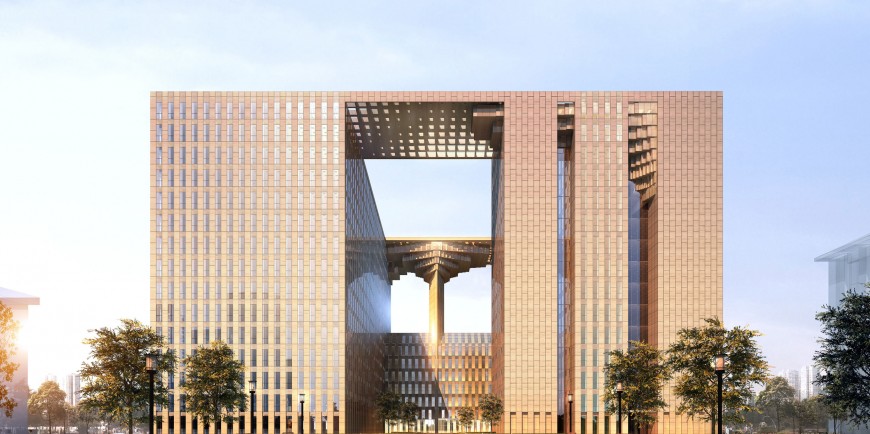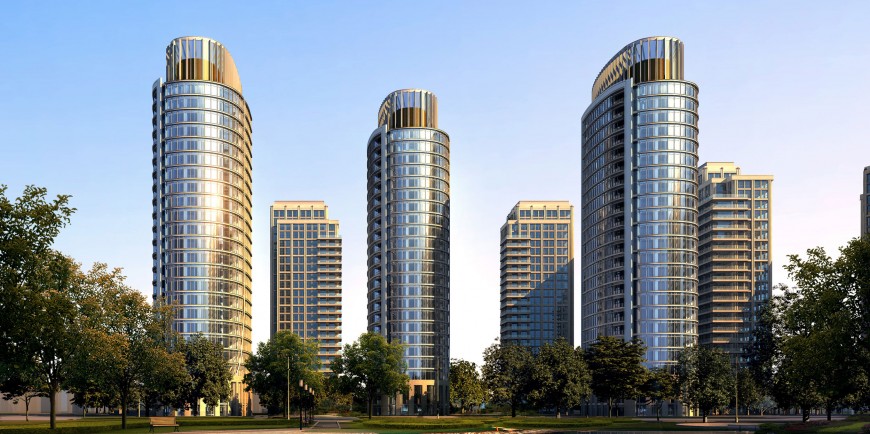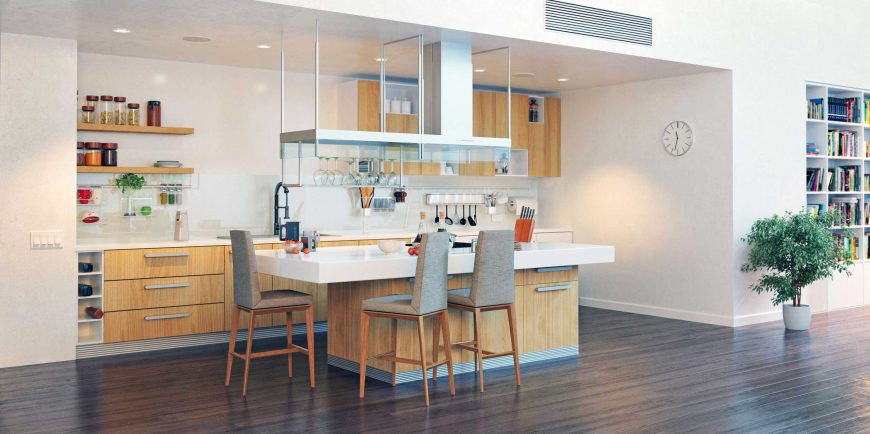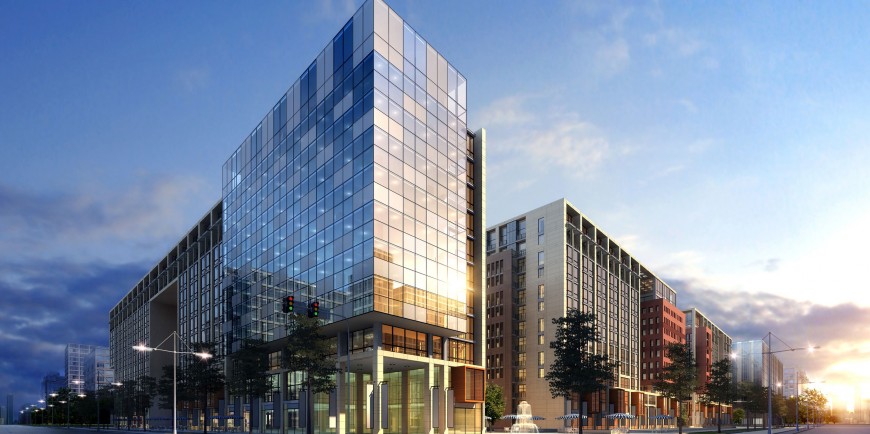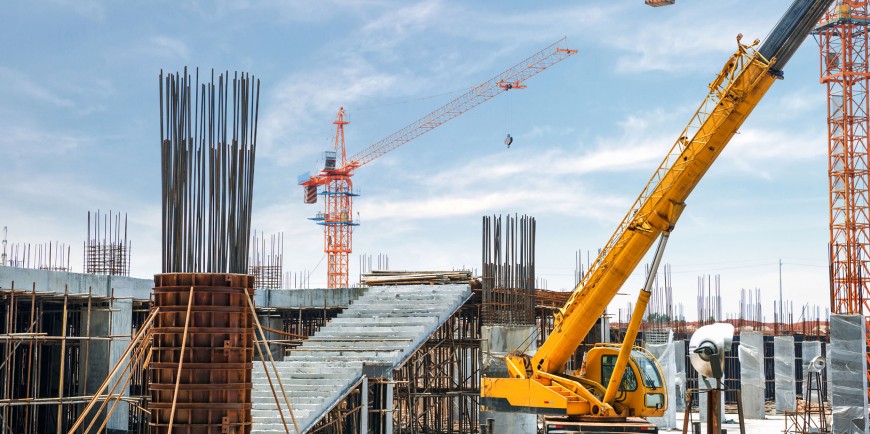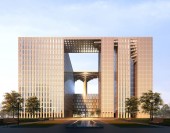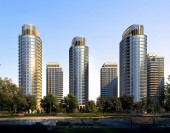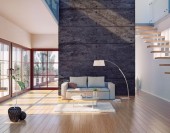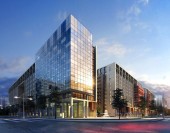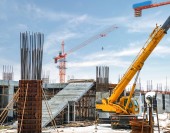New Builds
DESCRIPTION
Green building (also known as green construction or sustainable building) refers to both a structure and the using of processes that are environmentally responsible and resource-efficient throughout a building’s life-cycle: from siting to design, construction, operation, maintenance, renovation, and demolition. In other words, green building design involves finding the balance between homebuilding and the sustainable environment. This requires close cooperation of the design team, the architects, the engineers, and the client at all project stages. The Green Building practice expands and complements the classical building design concerns of economy, utility, durability, and comfort.
Leadership in Energy and Environmental Design (LEED) is a set of rating systems for the design, construction, operation, and maintenance of green buildings which was Developed by the U.S. Green Building Council. Other certificates system that confirms the sustainability of buildings is British BREEAM is the Building Research Establishment Environmental Assessment Method for buildings and large scale developments. Currently World Green Building Council is doing research on how green buildings affect health and productivity of their users.
SERVICE BROCHURE
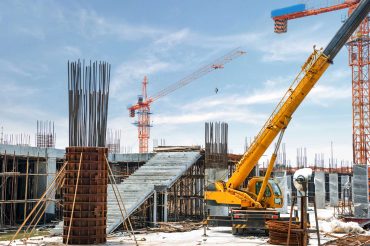
Green building practices aim to reduce the environmental impact of building. Since construction almost always degrades a building site, not building at all is preferable to green building, in terms of reducing environmental impact. The second rule is that every building should be as small as possible. The third rule is not to contribute to sprawl, even if the most energy-efficient, environmentally sound methods are used in design and construction.
The concept of sustainable development can be traced to the energy (especially fossil oil) crisis and environmental pollution concerns of the 1960s and 1970s. The Rachel Carson book, “Silent Spring”,published in 1962, is considered to be one of the first initial efforts to describe sustainable development as related to green building. The green building movement in the U.S. originated from the need and desire for more energy efficient and environmentally friendly construction practices.
The most criticized issue about constructing environmentally friendly buildings is the price. Photo-voltaics, new appliances, and modern technologies tend to cost more money. Most green buildings cost a premium of <2%, but yield 10 times as much over the entire life of the building.
As a result of the increased interest in green building concepts and practices, a number of organizations have developed standards, codes and rating systems that let government regulators, building professionals and consumers embrace green building with confidence. In some cases, codes are written so local governments can adopt them as bylaws to reduce the local environmental impact of buildings.
I am text block. Click edit button to change this text. Lorem ipsum dolor sit amet, consectetur adipiscing elit. Ut elit tellus, luctus nec ullamcorper mattis, pulvinar dapibus leo.

